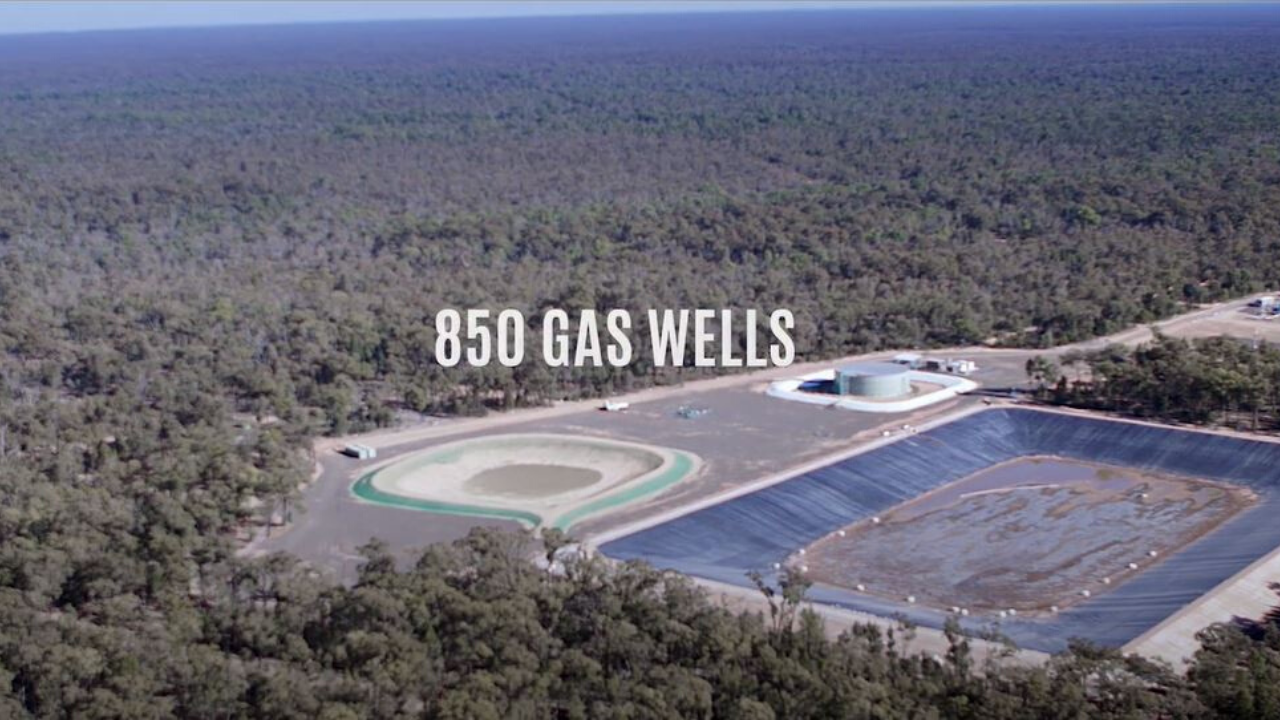Donate
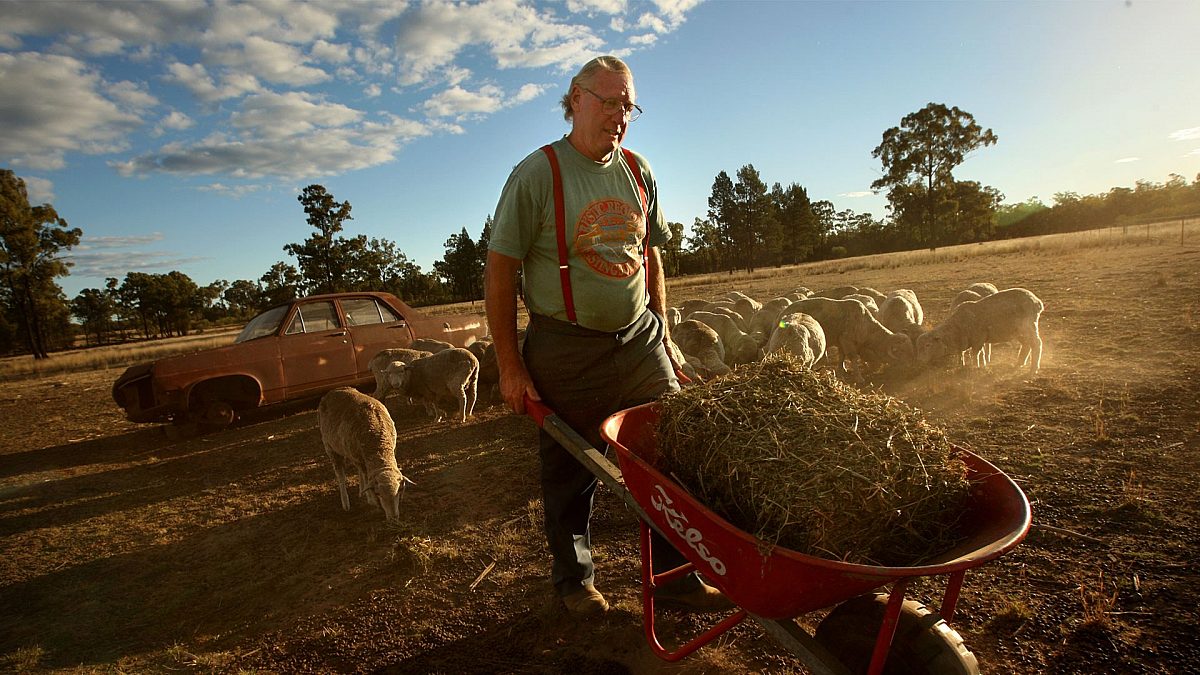
Protect the Pilliga
As Australia’s gas supply is sold off for export, life-supporting ecosystems like the Pilliga forest risk being carved up for unconventional gas. We’re the ones standing in their way.
At the heart of an agrarian landscape long since cleared of vegetation lies half a million hectares of rare intact temperate eucalypt woodland. The Pilliga forest.
On the sacred land of the Gamilaraay peoples, the Pilliga Forest is a unique and ancient place, a biodiversity hotspot like nowhere else in the world. It feeds clean water into the Great Artesian Basin—the crucial life support system for much of inland Australia. It’s here that the company Santos plans to build its Narrabri Gas Project, which will see up to 850 coal seam gas (CSG) wells drilled into this ancient landscape. At 95,000 hectares, Santos' project is the largest, by land area, ever proposed in NSW. It would be 38 times the size of the City of Sydney.
The #PilligaForest name comes from #Gamilaraay word for 'spear' 'Bilaarr', similar to casuarina tree 'Balaa' - place to get spears - it is important for #Gomeroi for many reasons, like its cultural resources. #YanaaySantos pic.twitter.com/6WujAyJrP2
— Mehi Yinaar Polly (@CentreMehi) February 2, 2021
The project is mired in controversy with widespread community and political opposition. 98.7% of landowners covering 3.2 million hectares surrounding the Pilliga say ‘NO’ to CSG, in ongoing community surveys.
The Pilliga is home to 900 species of plants and 100 animals—some endemic to the forest like the Pilliga mouse.
Quite simply, the Narrabri Gas Project can't be allowed to proceed.
Aunt Polly and Karra from the MEHI Centre talk about the Pilliga, and its place in Gomeroi culture.
Updates
The Pilliga Ultra... We did it!
We completed the Pilliga Ultra! On 26 March people from all over the country took part in the Pilliga Ultra. Runners set off on 50km, 20km, and 6km trails on the edge of the Pilliga forest to highlight the disastrous effects that Santos' plans for coal seam gas mining will have on this magical place. The Wilderness Society teamed up with For Wild Places to establish the ultra marathon, which raised funds to continue the fight to protect the ancient forest, and support the Gomeroi people.
The Wilderness Society fielded a team of runners including CEO Matt Brennan. "The skies opened on Friday afternoon making the creeks flow and keeping the temperatures down," said Matt. "This was an incredible event with amazing people who came with such a positive spirit in the face of such a negative threat. The landscape of the Pilliga Forest up close is tremendous, with rocky escarpments and gorges and caves and, this weekend, lots of water!"
Take a look at some images from the event below.
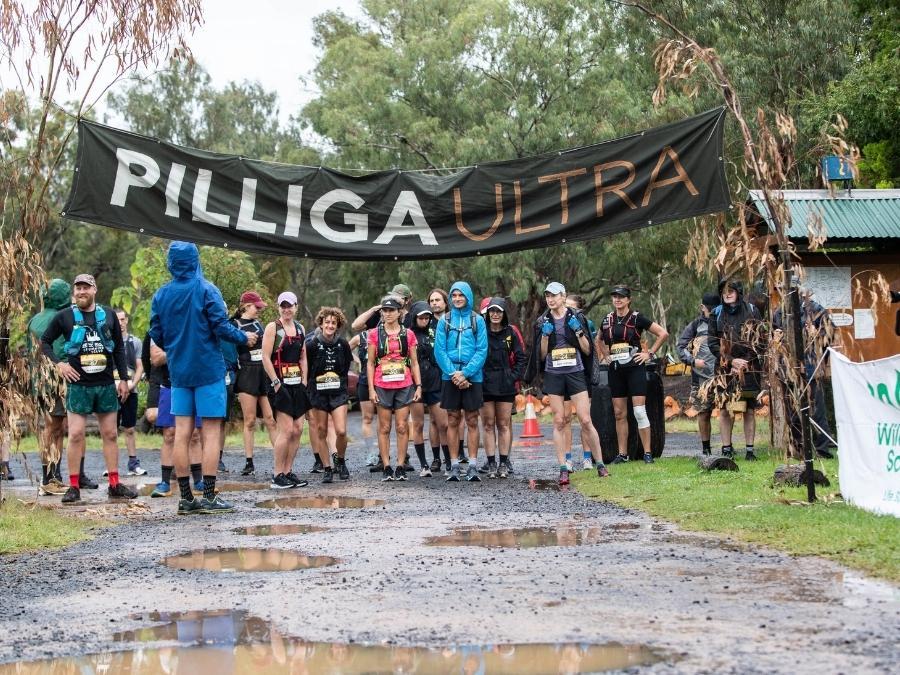
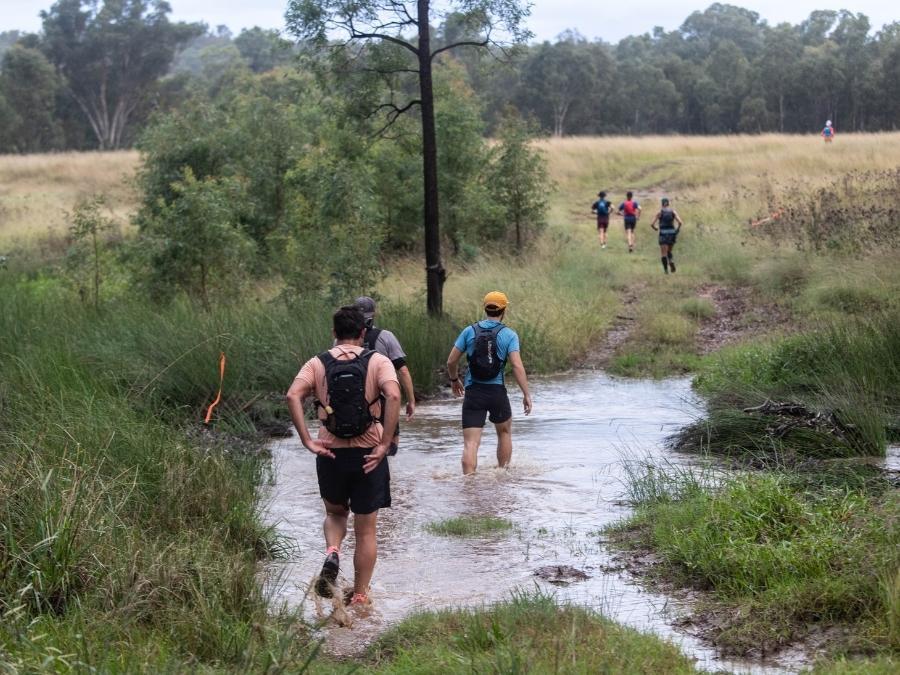
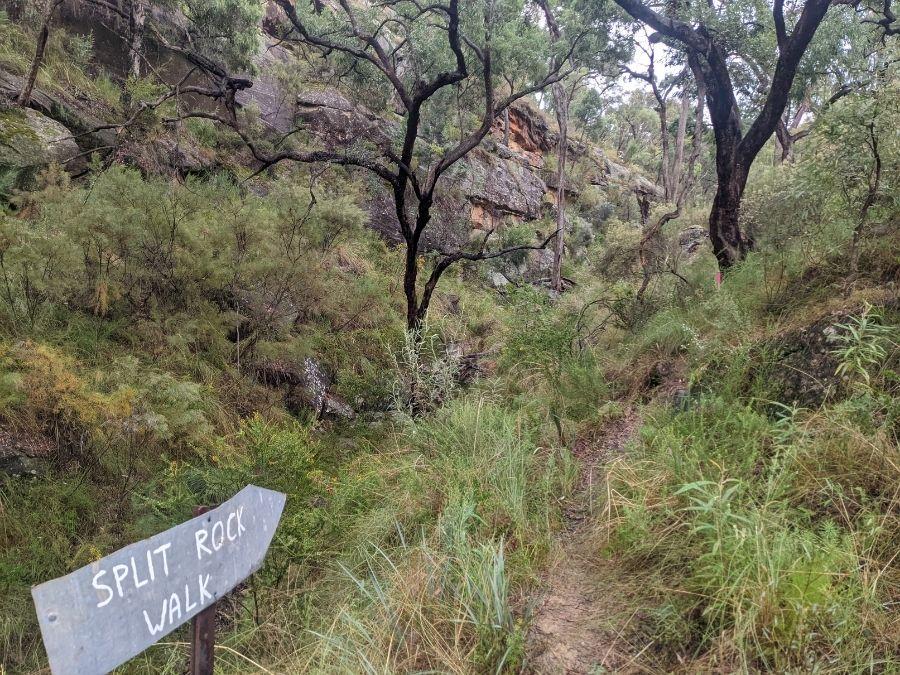
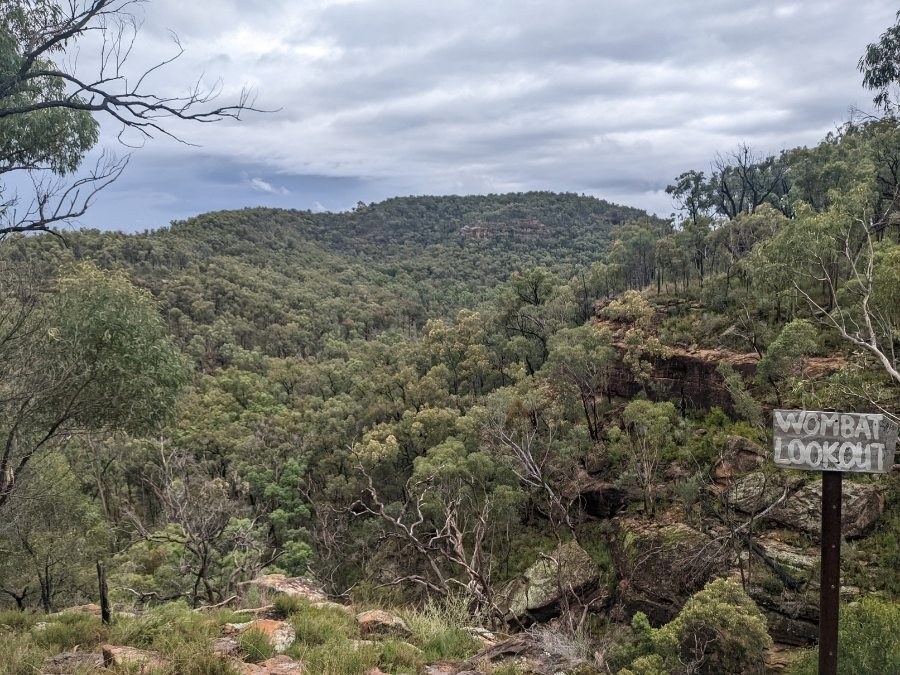
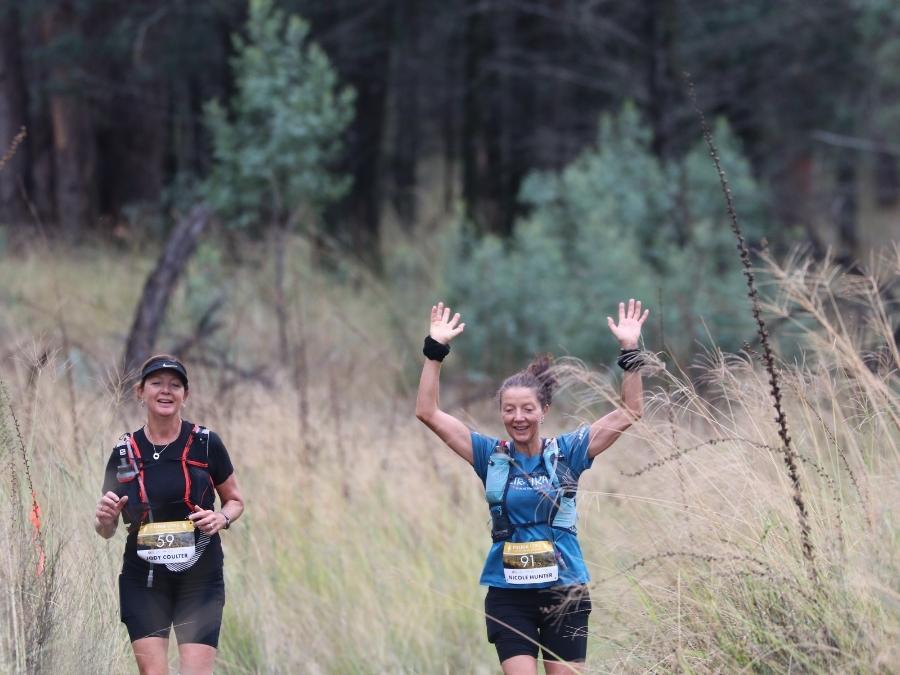
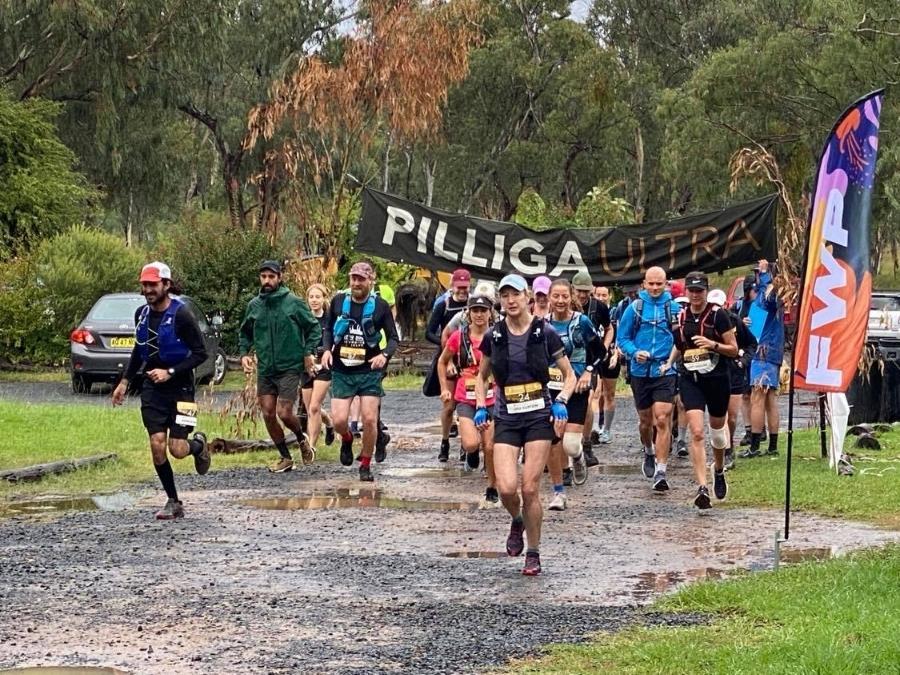
Runners prepare to set off into the Pilliga Forest.
Image: Capucine Merlant-Pilonchery
A soggy start to the race.
Image: Capucine Merlant-Pilonchery
A spectacular trail took runners up into the deep gorges and along the creeks of the Pilliga.
Image: Dan Down.
Viewpoints along the way revealed just how vast the Pilliga Forest is.
Image: Dan Down
Through the Pilliga
Image: May Kuypers
Setting off
Image: May Kuypers
Watch Pilliga Rising!
The film is followed by a Q&A with Pilliga Rising's director Mark Pearce, Margaret Fleck from Lock the Gate Alliance, Wilderness Society volunteer Giselle Dreyer, and the Wilderness Society's Elle Lawless.
The threat to life
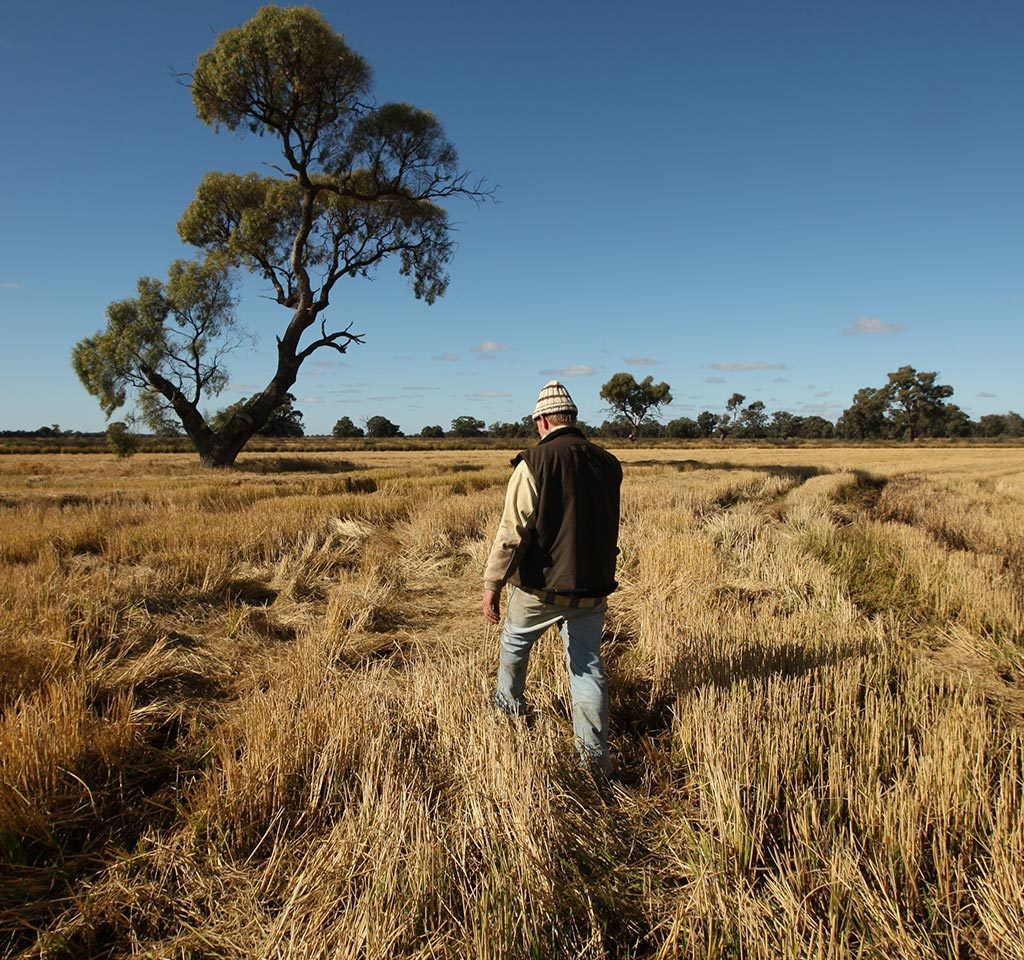
Few industries are as notorious as coal seam gas.
Everywhere it goes, it's preceded by its reputation for degrading farmland, groundwater, waterways, air quality, and the health of workers and nearby residents.
But with the days of easy gas behind us, this expensive and risky extraction method has become all too common.
Gas. Just another fossil fuel.
In recent years, gas has been rebranded as a clean-burning transition fuel in the fight against climate change. The reality is, it’s up there with the worst contributors. Wellheads and pipelines leak potent methane gas into the atmosphere. In the immediate term, the heat-trapping effects of methane are over 80 times stronger than carbon dioxide.
Ignore the industry spin. There’s no room in our carbon budget for new gas development.
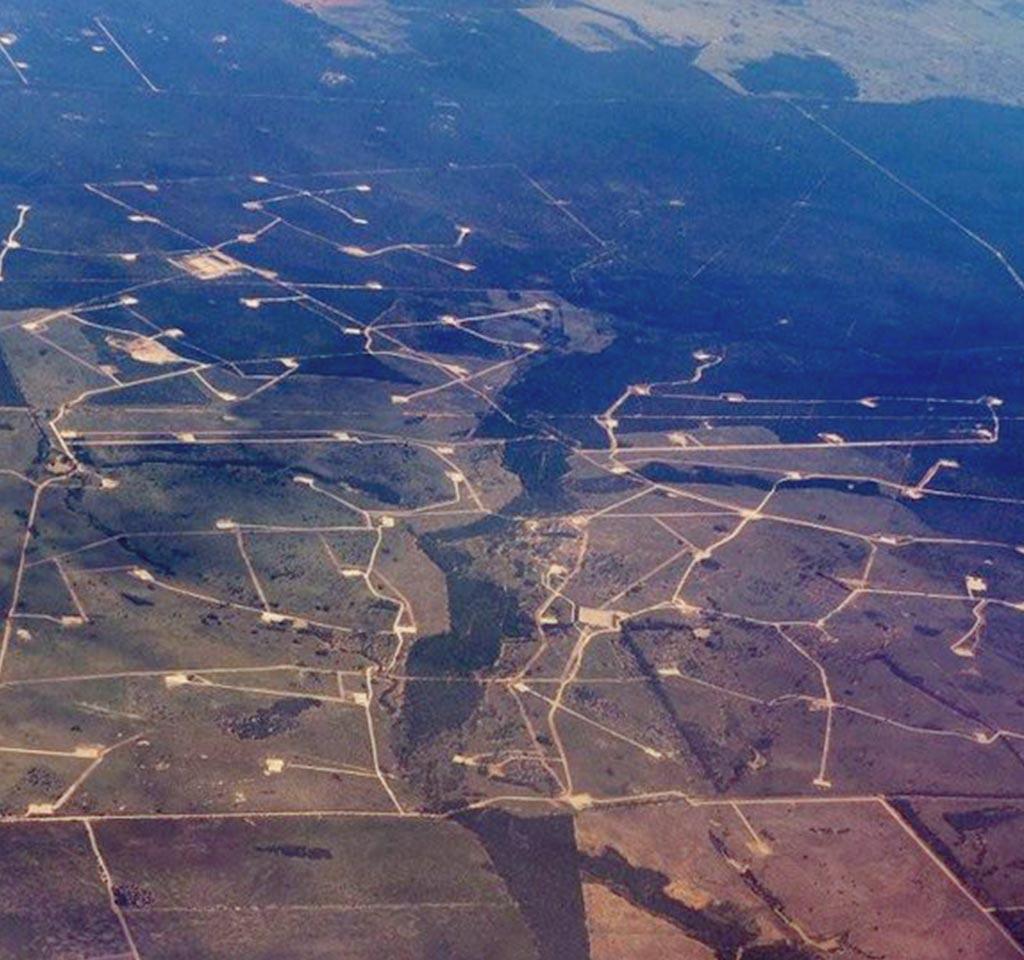
The damage is already being felt.
During exploration activities alone, toxic spills and briny wastewater have already left creeping forest ‘kill zones’. Santos has already been fined for contaminating groundwater aquifers with uranium.
But it’s the risk to vital underground water sources like the Great Artesian Basin that local communities fear the most. If this basin was contaminated or depressurised, life for 22% of inland Australia would never be the same.
We’ll be here until that threat has passed.
Our vision
For a liveable climate, we need to keep fossil fuels in the ground. Gas is no exception.
To protect important ecosystems like the Pilliga, the high-risk extraction methods required for coal seam gas production must be ruled out.
We want to see the project halted and gas off the table as a transition fuel. This will bring us closer to the clean and abundant energy future Australians deserve.
With Santos and the threat of gas development gone, the Pilliga forest will remain a vital part of our freshwater supply—and an extraordinary refuge for our native wildlife.
What we’re doing:
- Advocating for new laws that support the life our lives depend on.
- Working with experts to feed into the regulatory process.
- Supporting local communities to voice their opposition.
- Keeping the media updated on risks and challenges.
- Pressuring Santos board and shareholders to abandon the project.
- Meeting with politicians of all stripes to highlight the risks of CSG.
